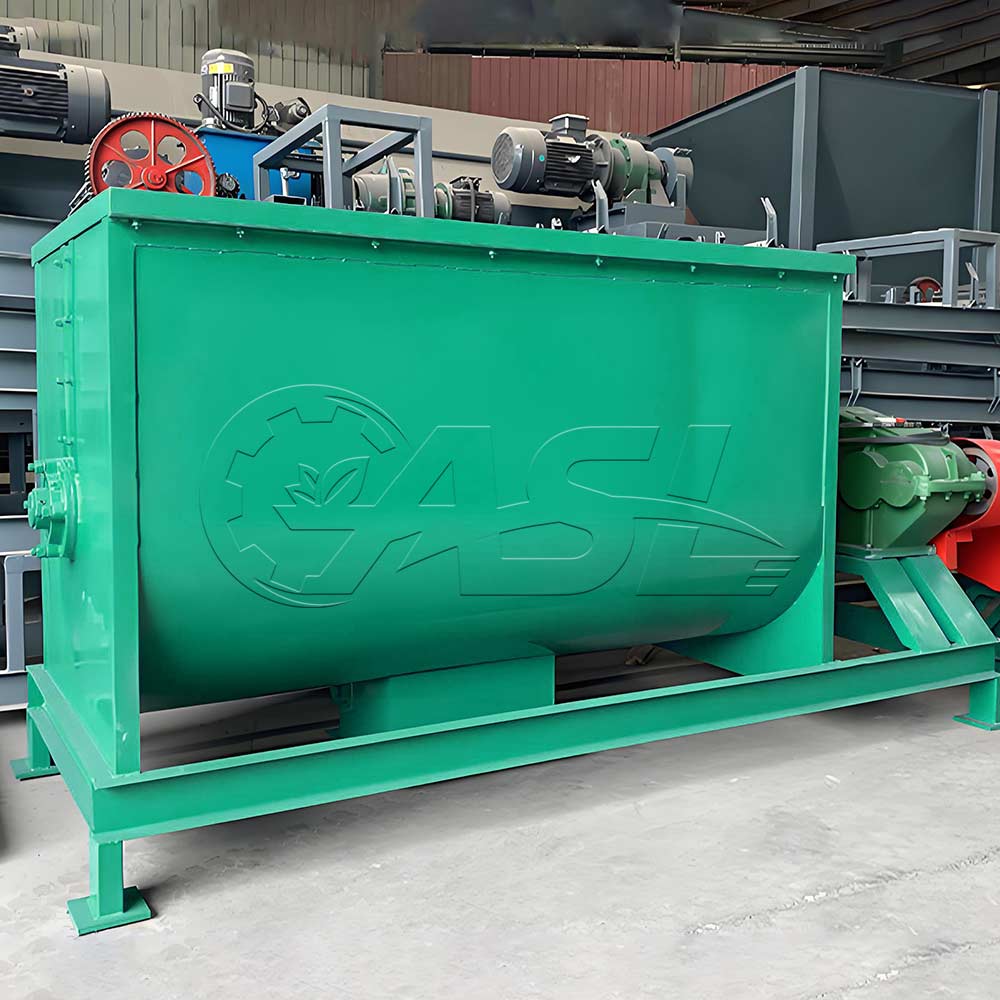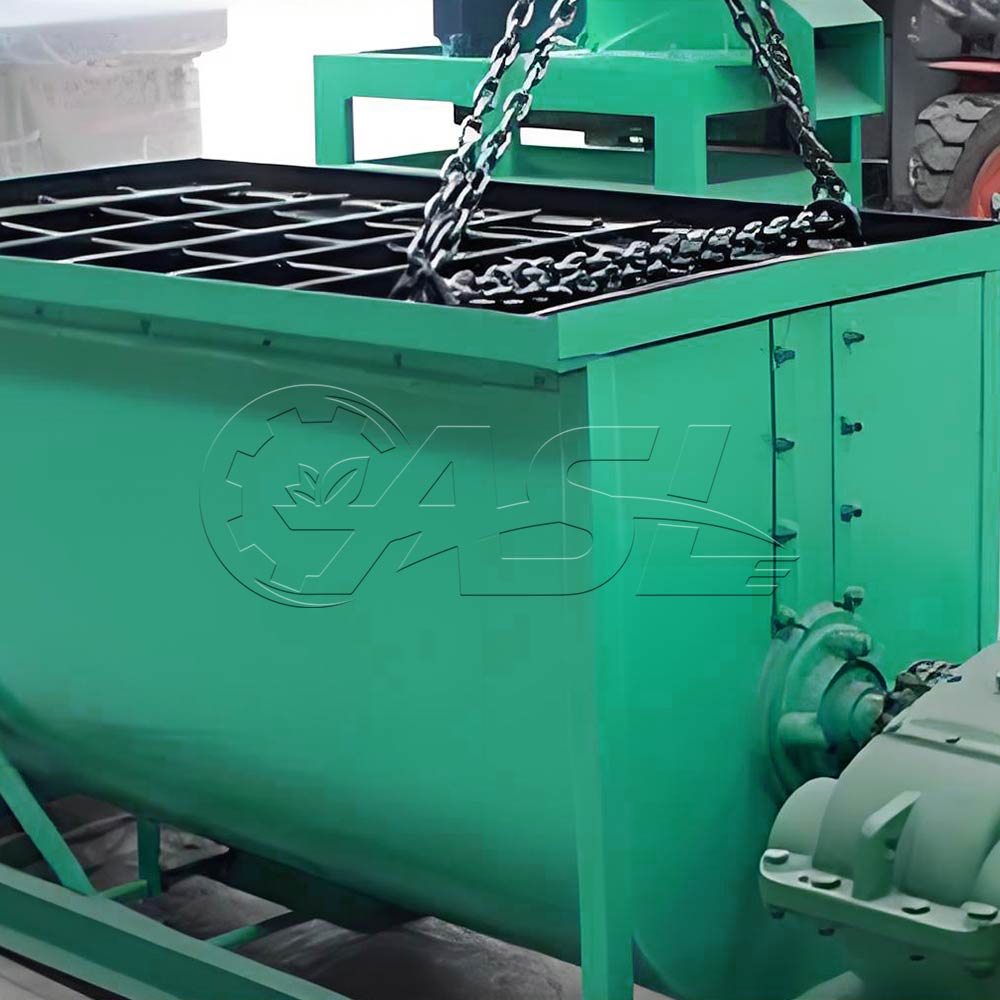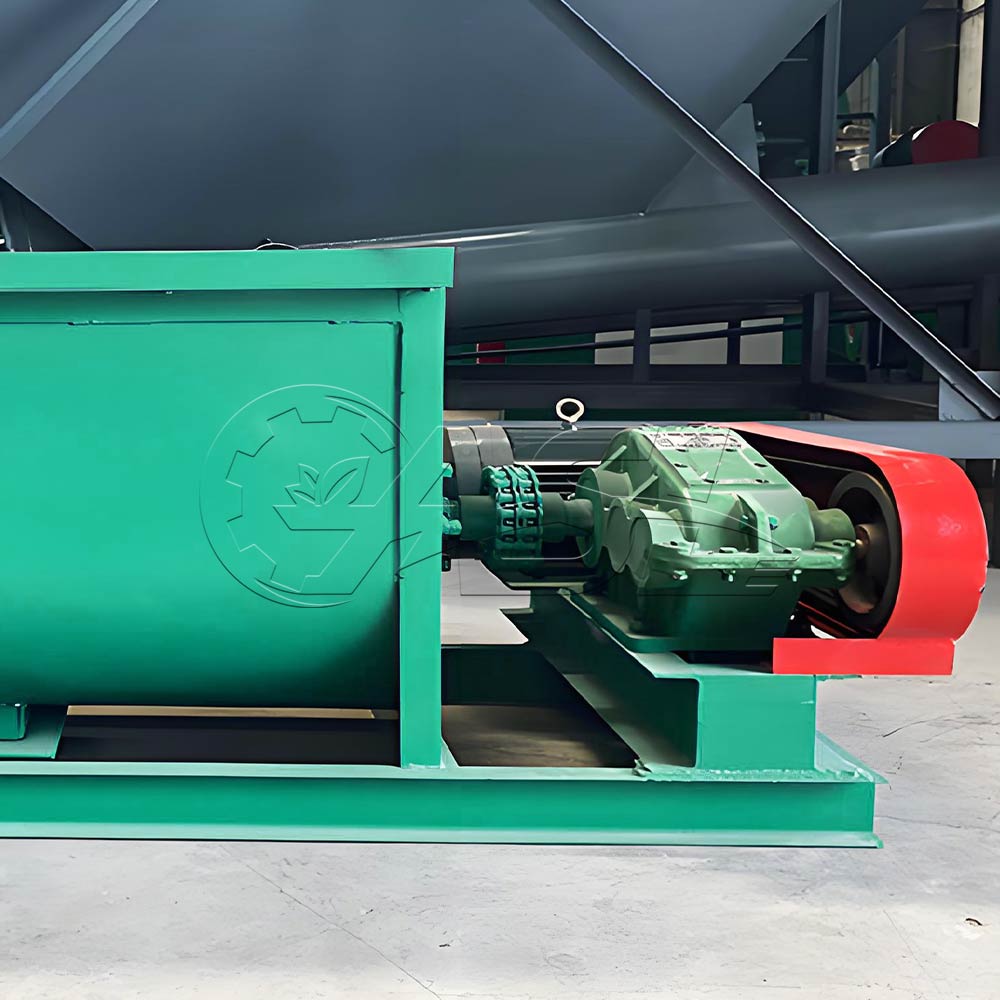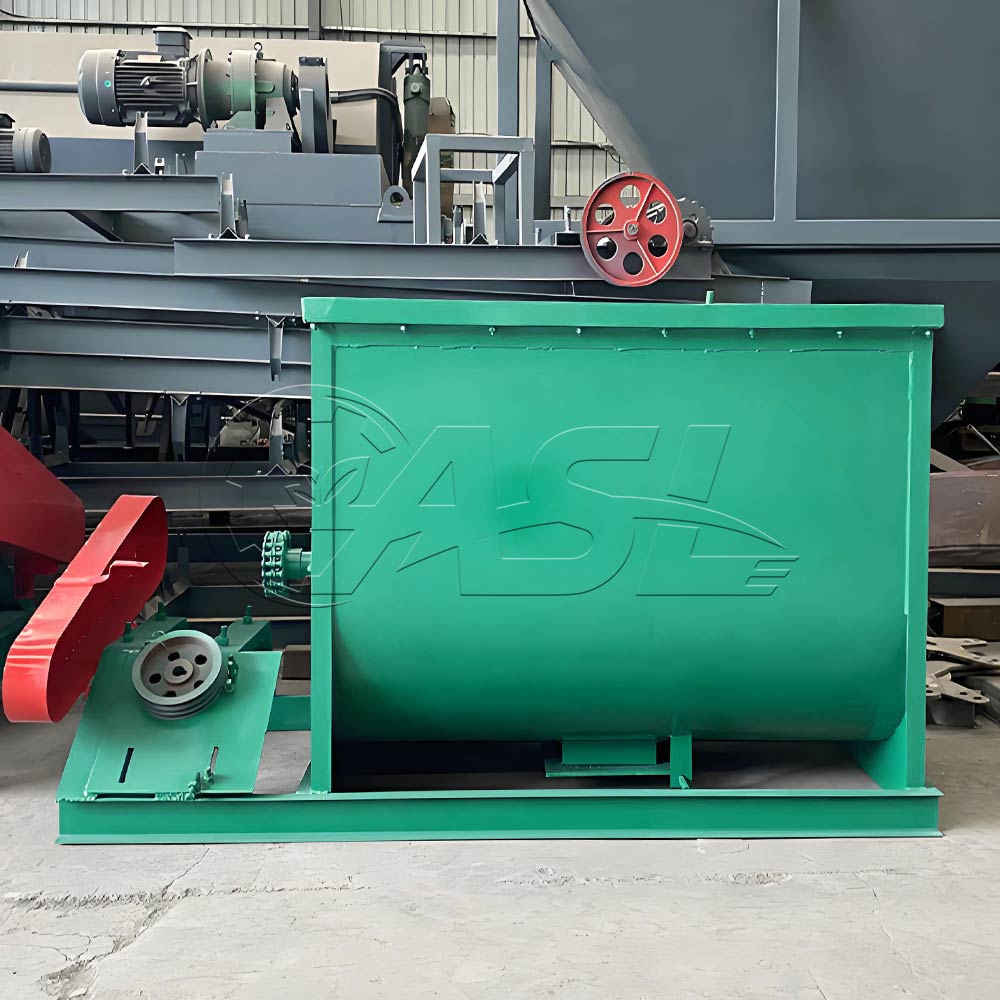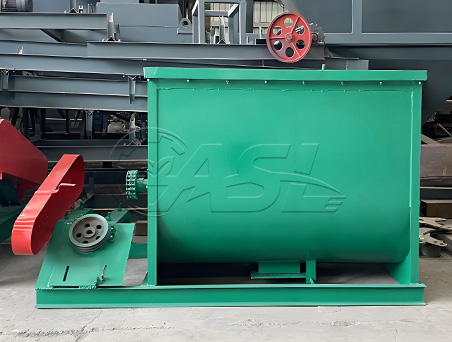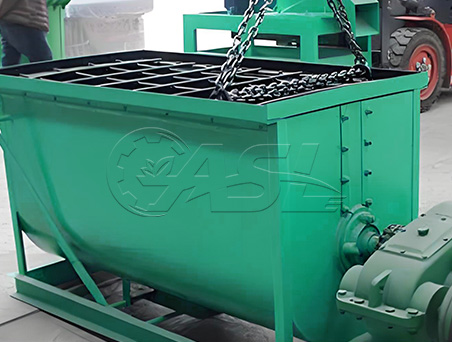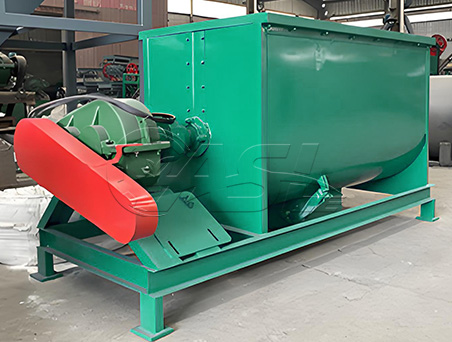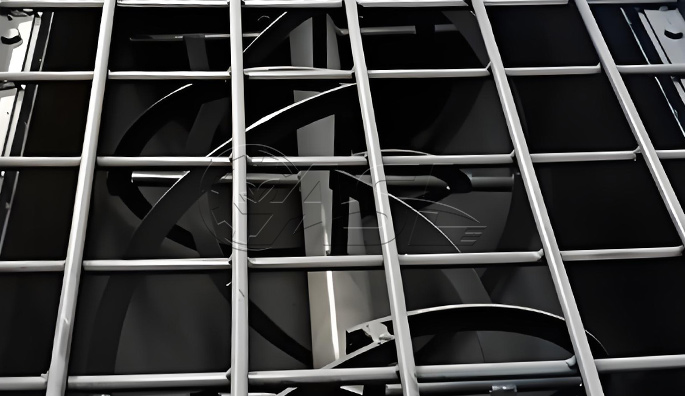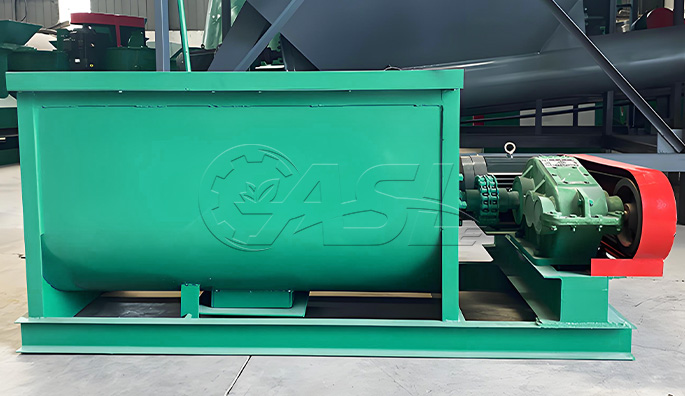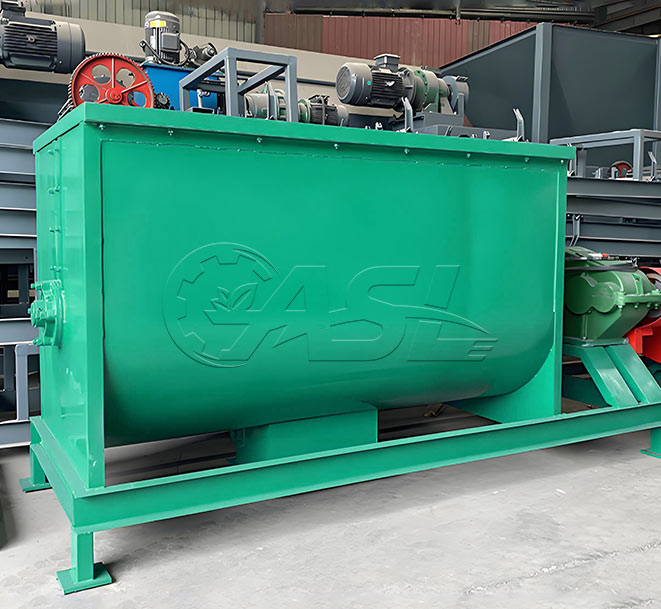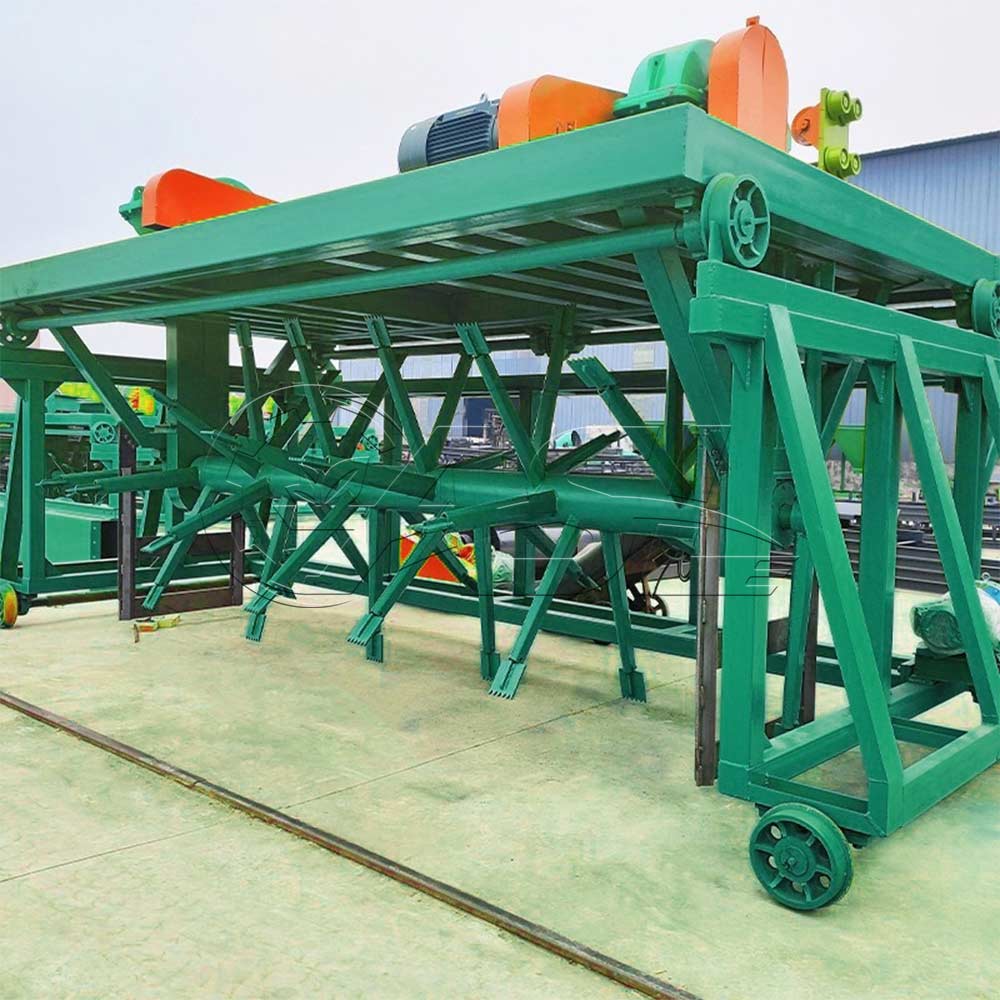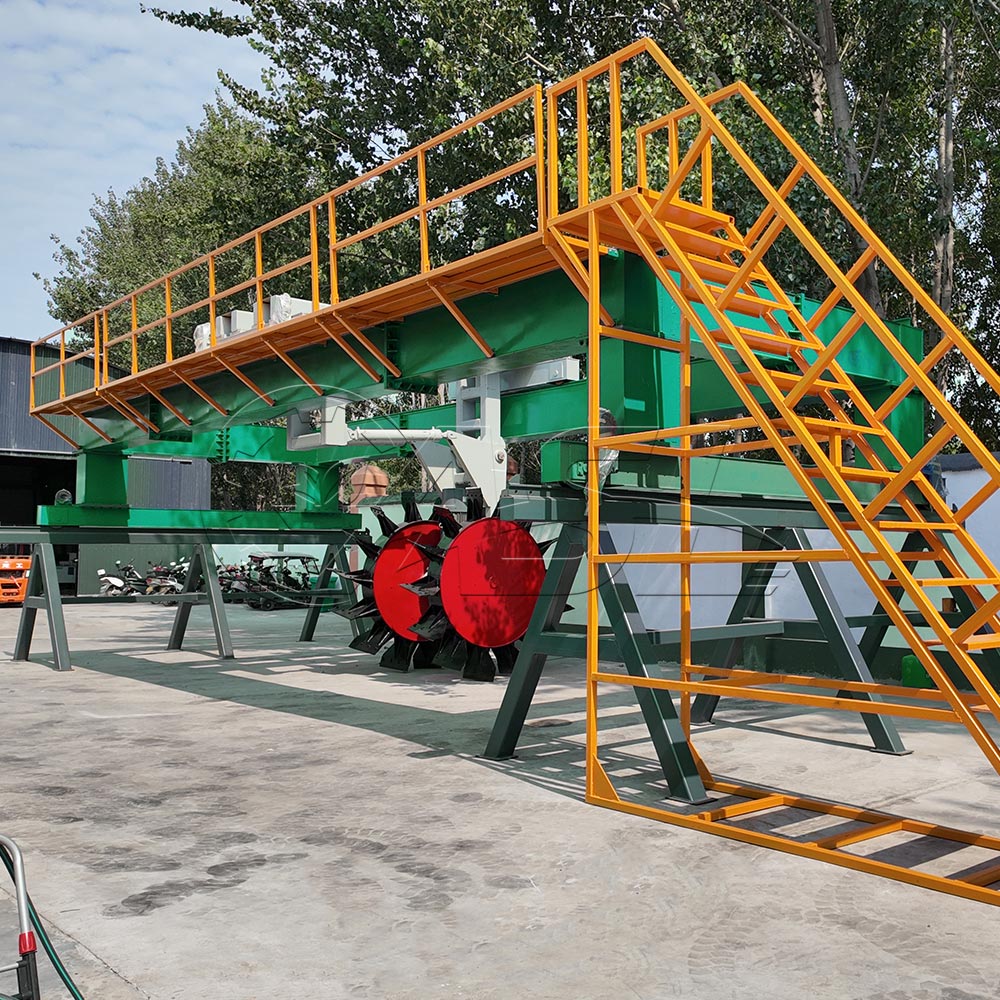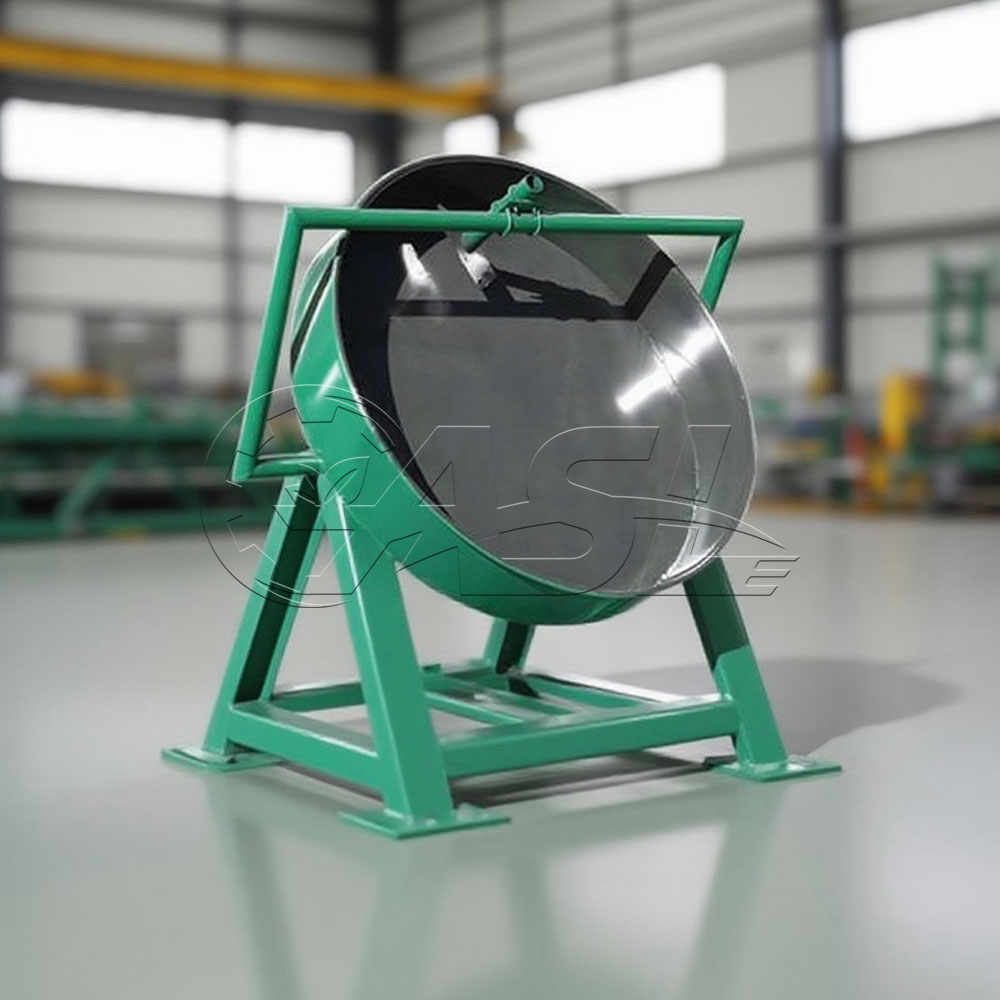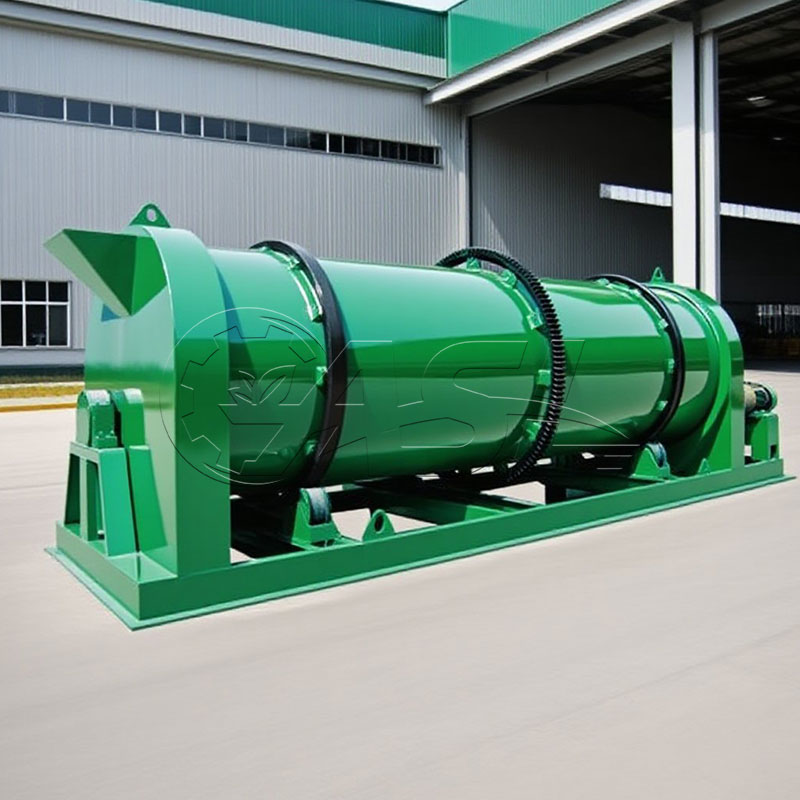What types of mixing blades are available for mixers? What materials are suitable for each?
Common types of mixing blades include:
① Spiral blades, which achieve convective mixing through spiral propulsion and are suitable for powdered and granular materials, offering high mixing efficiency.
② Paddle blades, which are distributed in a paddle-like pattern and are suitable for semi-wet, sticky materials, enhancing shear and reducing agglomeration.
③ Combination blades, which offer both convection and shear, are suitable for mixing a variety of materials, especially those with a small amount of agglomeration. For example, when processing highly sticky cow dung, paddle or combination blades are more effective.
Can horizontal mixers operate continuously? Do they require intermittent downtime?
Ordinary horizontal mixers primarily operate in batches. If you require continuous operation, consider an ASL single-shaft mixer, which achieves batch mixing through continuous feeding and discharging. After 4-6 hours of continuous operation, it is recommended to stop the machine for 10-15 minutes to allow the motor and reducer to cool and prevent overheating that could affect their lifespan.
How should horizontal mixers be used in conjunction with other equipment?
In an organic fertilizer production line, a horizontal mixer can be paired with a front-end crusher and a back-end granulator.
① The crushed material from the crusher enters the mixer via a conveyor belt and is mixed with other raw materials.
② The mixed material is directly conveyed from the mixer discharge port to the granulator, forming a continuous production process. Some manufacturers offer customized solutions, matching equipment models to production capacity to ensure smooth integration of each link and improve production efficiency.
What are the wearing parts of a horizontal mixer? How often are they replaced?
The main wearing parts include:
① The mixing blades should be replaced every 3-6 months when handling normal materials, and this is reduced to 1-3 months when handling materials with high sand content.
② Seals should be inspected every 2-4 months and replaced promptly if they deteriorate.
③ Bearings should have a lifespan of approximately 1-2 years under normal use and require regular lubrication to extend their lifespan.
④ Drive belts should be inspected for tightness and wear every 6-12 months and replaced if necessary.
What are the safety features of a horizontal mixer?
A standard horizontal mixer is equipped with multiple safety features:
① A guardrail on the feed inlet prevents operators from accidentally reaching in;
② An emergency stop button quickly shuts down the machine in the event of an abnormality;
③ An overload protection device automatically cuts off power if the motor is overloaded;
④ A discharge door limit switch prevents mixing from starting if the discharge door is open; and
⑤ A protective shield covers the transmission components to prevent clothing from getting caught in them. These features must be kept in good working order and must not be removed at will.
